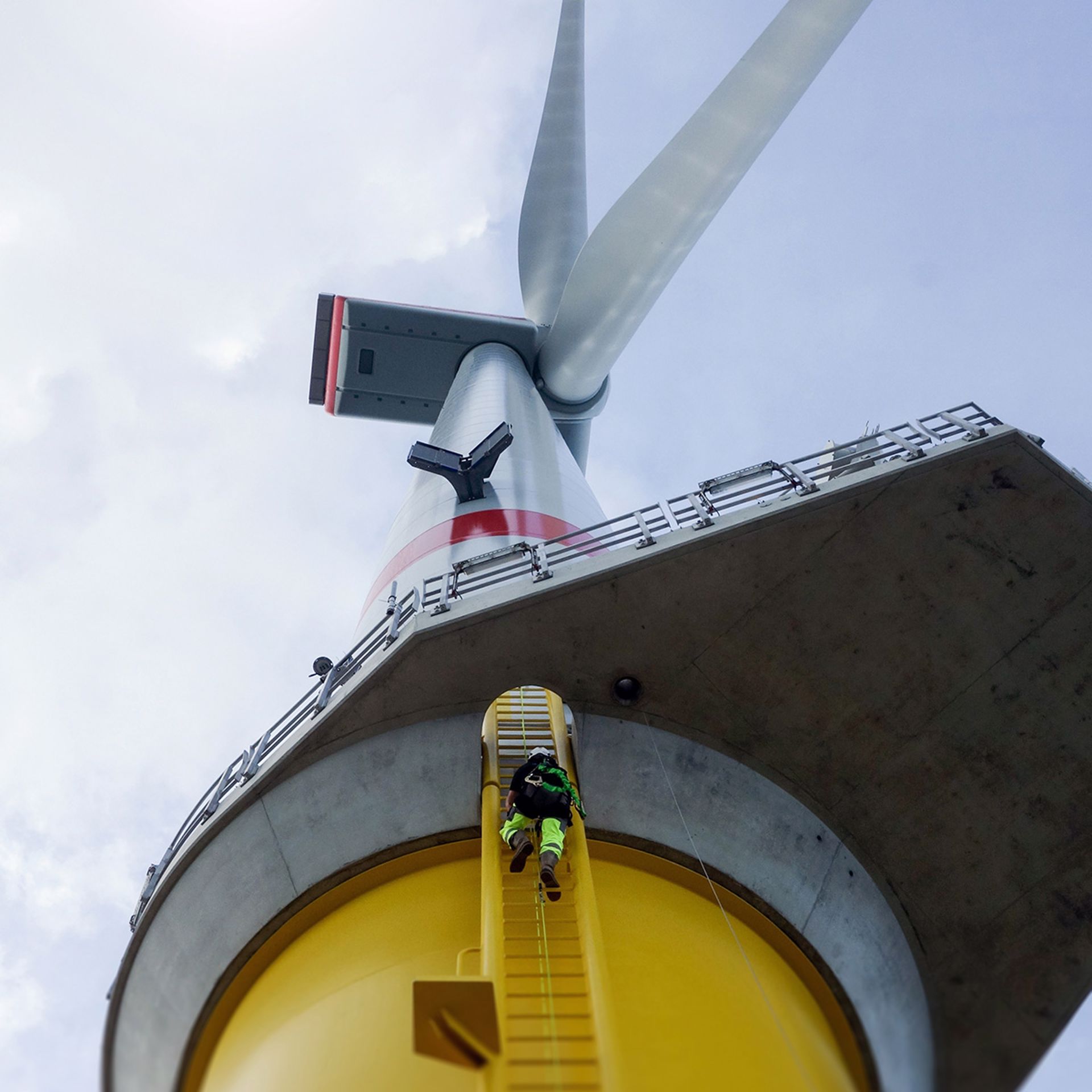Crown Estate Scotland (CES) have indicated £1bn of supply chain commitments made by developers for every 1GW of capacity, amounting to a significant £25bn in potential investments. While we await conclusion of the option agreements and the later publication of Supply Chain Development Statement (SCDS) Outlooks for each project, early supply chain engagement has already been a key topic for the leasing round. Several bidders announced new supplier databases, port investment plans and MoUs as the decision process was still underway, including BP/EnBW’s Scotland supplier registration portal and plans for a global offshore wind centre of excellence in Aberdeen and SSE/CIP/Marubeni’s £100m support commitment for Scottish businesses.
Having historically underdelivered on its offshore wind capacity goals, the ScotWind announcement has provided Scotland a significant opportunity to sit as a leading market (now in the top 5 in capacity pipeline), particularly in floating wind (No.1 in capacity pipeline). The economic and social benefits this can bring are vast. The Scottish Offshore Wind Energy Council’s (SOWEC) Strategic Investment Assessment (SIA) last year identified that a 1GW offshore wind farm deployed after 2025 could alone generate up to 12,000 FTE years in Scotland across its lifecycle, the majority resulting from O&M engagements. The assessment also indicates that deployment projections of 10GW for the ScotWind round would require between 100-200 hectares of port capacity for marshalling and assembly, a number that could now double given the updated ScotWind output. SOWEC estimates 50ha are currently available across Scotland’s largest facilities, representing half of available area of Nigg, Invergordon, Dundee, Methil, Arnish and Aberdeen South Harbour. The scale of port investments alone will require significant efforts in coordination and funding between industry, ports, and respective governments.
A recent Offshore Wind Cluster Builder survey on the Scottish supply chain conducted by Xodus has highlighted that support for match-making, networking and partnership opportunities as well as visibility of offshore wind support initiatives and greater understanding of the offshore wind sector remain the top three areas of support needed for participants. Public sector bodies continuing to provide market entry guidance, and developers and Tier 1s ensuring sufficient visibility and lead times for supply chain companies will be key if the full opportunity of ScotWind is to be realised. Whilst increasing in importance for large-scale infrastructure, such as the necessary port investments or fabrication sites, it is equally true for SMEs and companies still transitioning to the renewables space. SMEs need to identify ways to scale their offering, such as through exploring collaborations and partnerships, and utilise the clusters and support landscape to communicate challenges and issues to developers and higher Tiers for effective implementation of localisation plans.
The aims and ongoing efforts by SOWEC, the Scottish offshore wind clusters DeepWind and Forth & Tay Offshore, and public sector bodies such as Scottish Enterprise, Highlands and Islands Enterprise and Scottish Development International represent crucial platforms to deliver the Scottish supply chain’s potential. The recent publication of SOWEC’s draft Offshore Wind Collaborative Development principles, aimed at establishing a working framework for the Scottish Ports Cluster and supporting the delivery of recommendations outlined by the SIA, aptly highlights the important balance to be achieved between communicating project requirements to ports, manufacturers, fabricators and the wider supply chain, and collaborating on infrastructure investments whilst respecting commercial sensitivities and confidentialities. While a difficult balance to achieve between what is now an even greater number of stakeholders, the price of a potential £25bn supply chain investment will surely be worth it.
